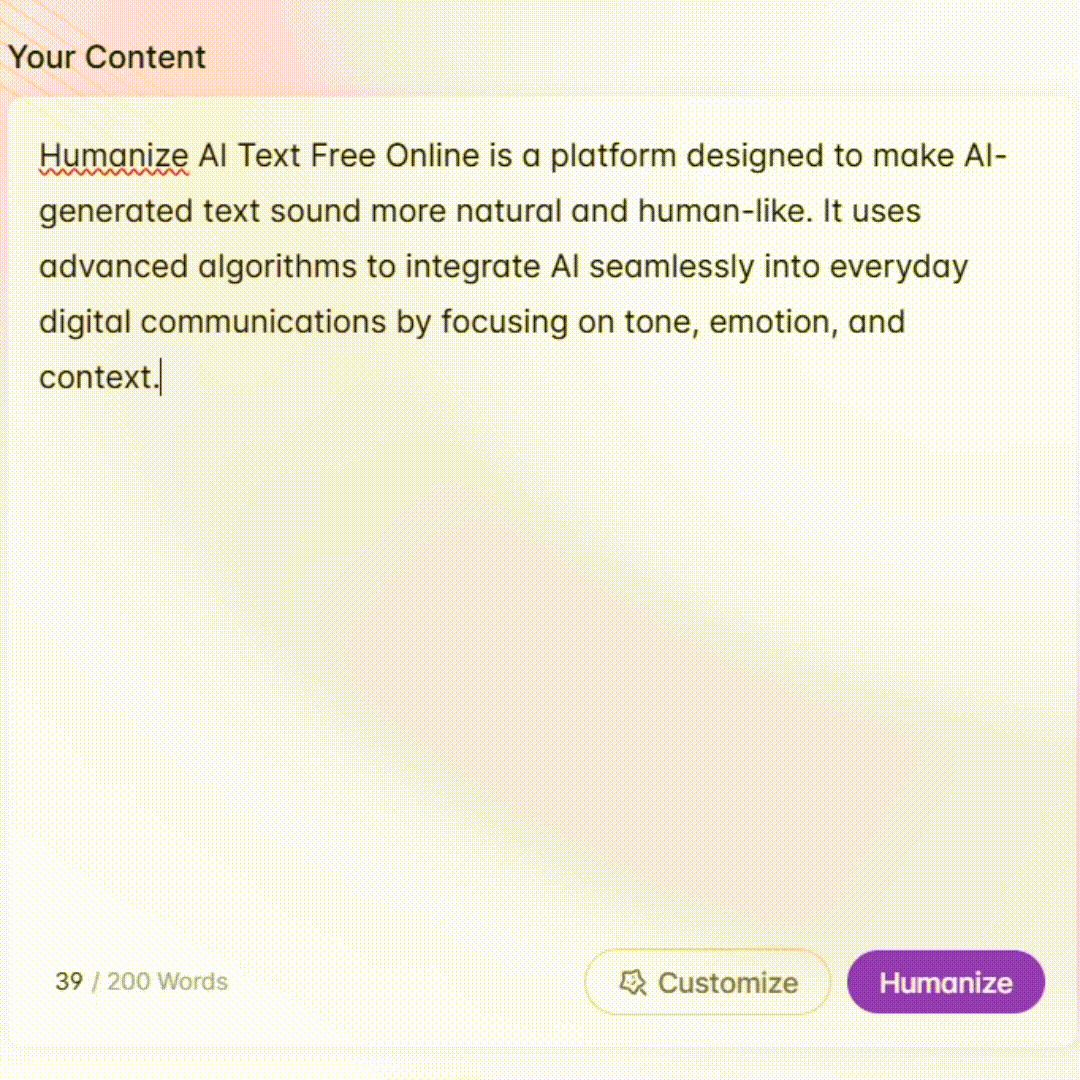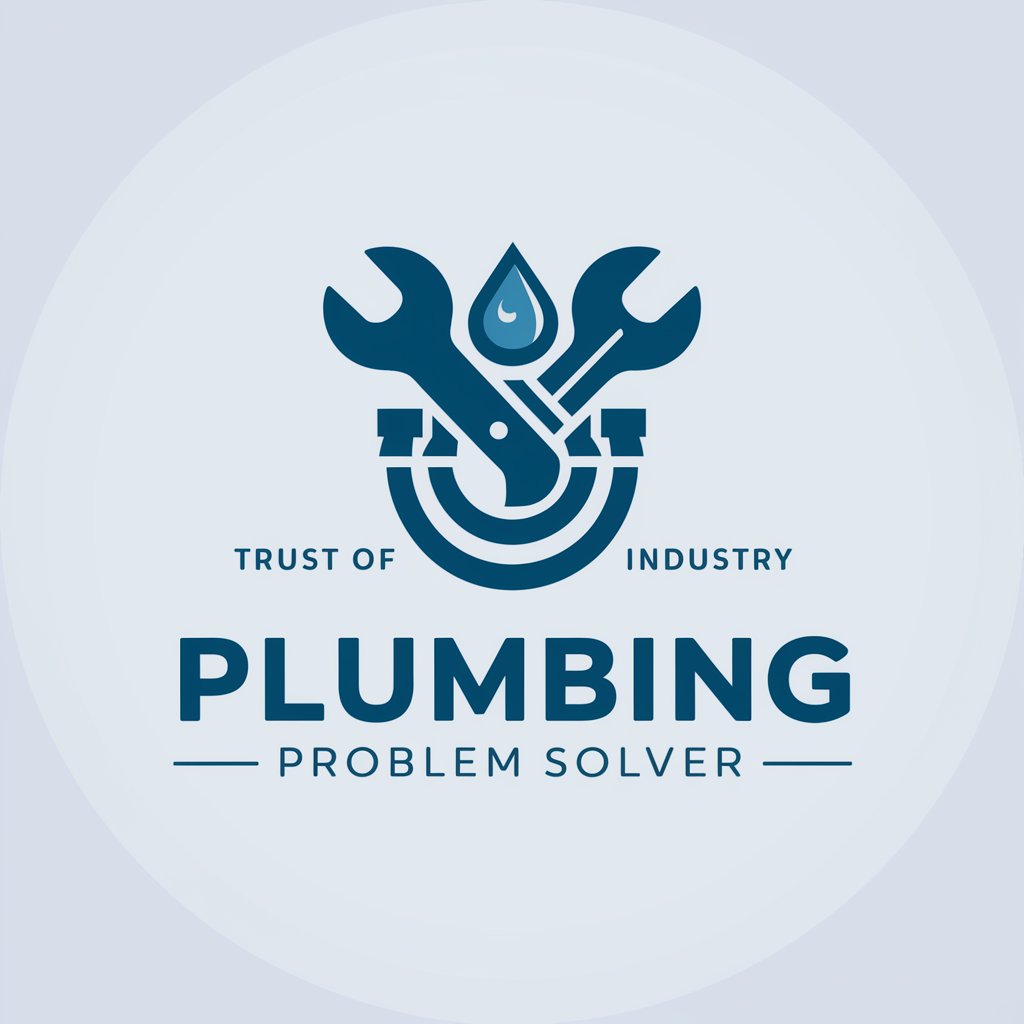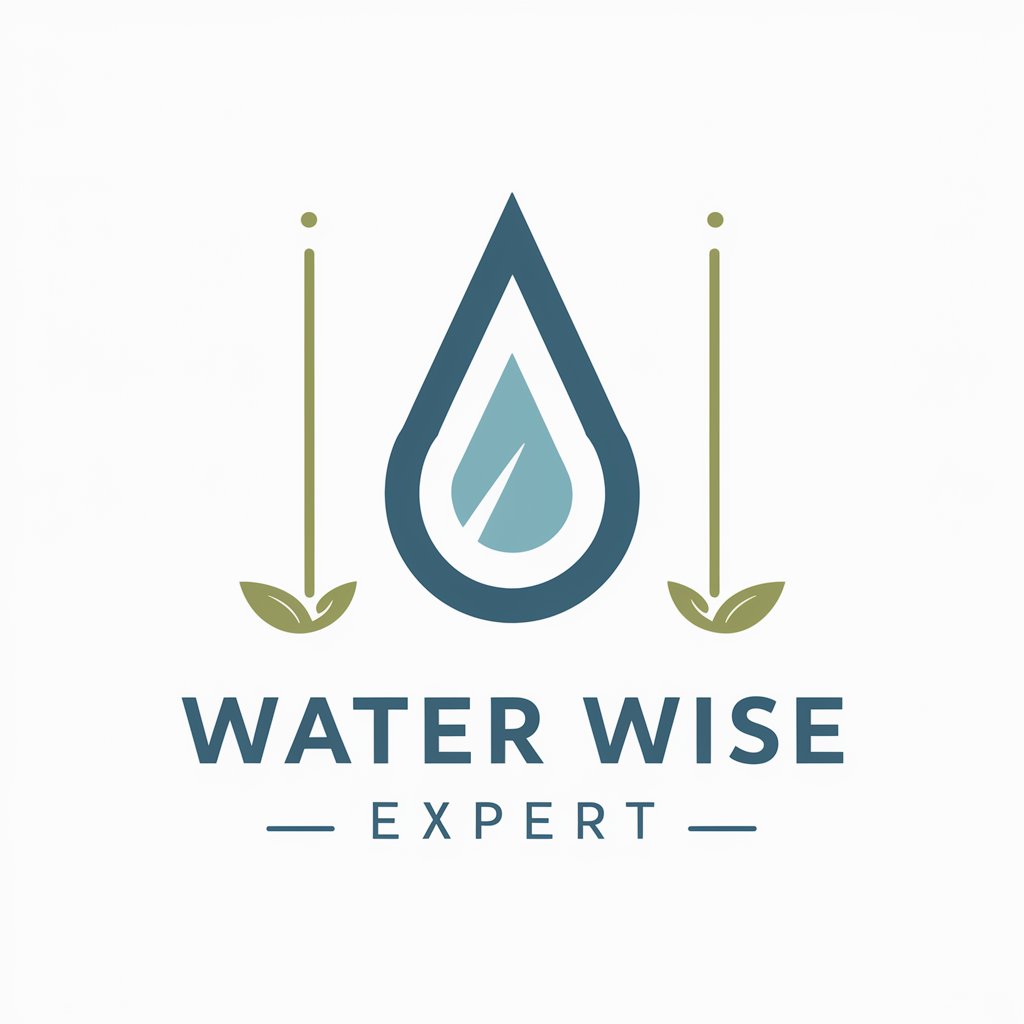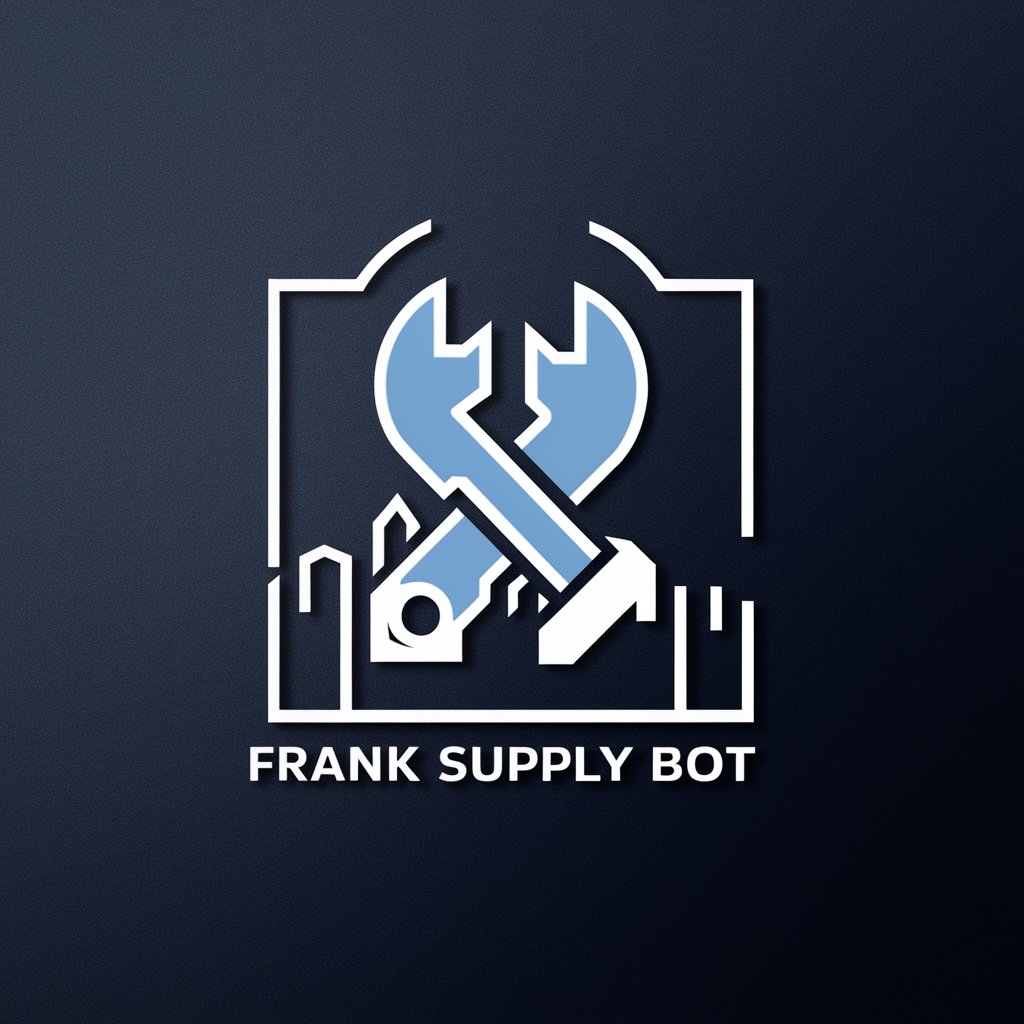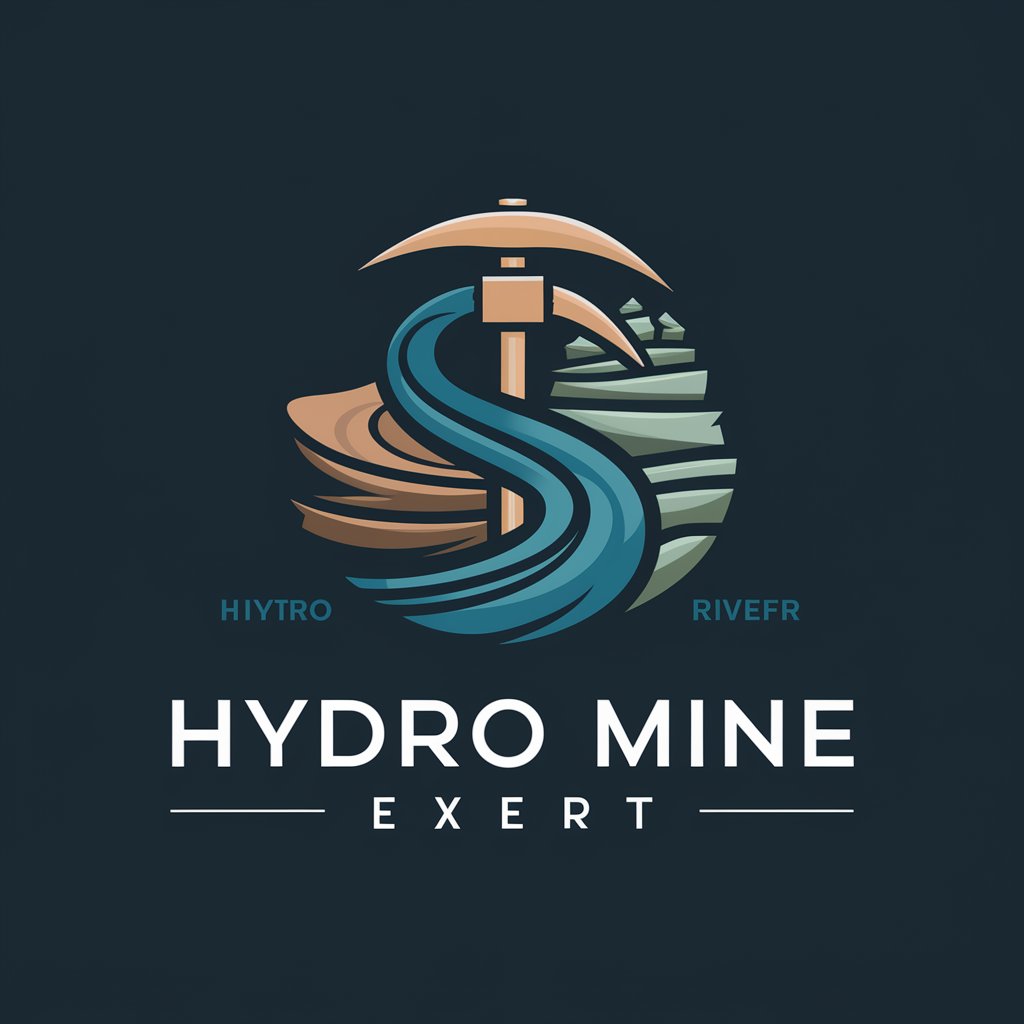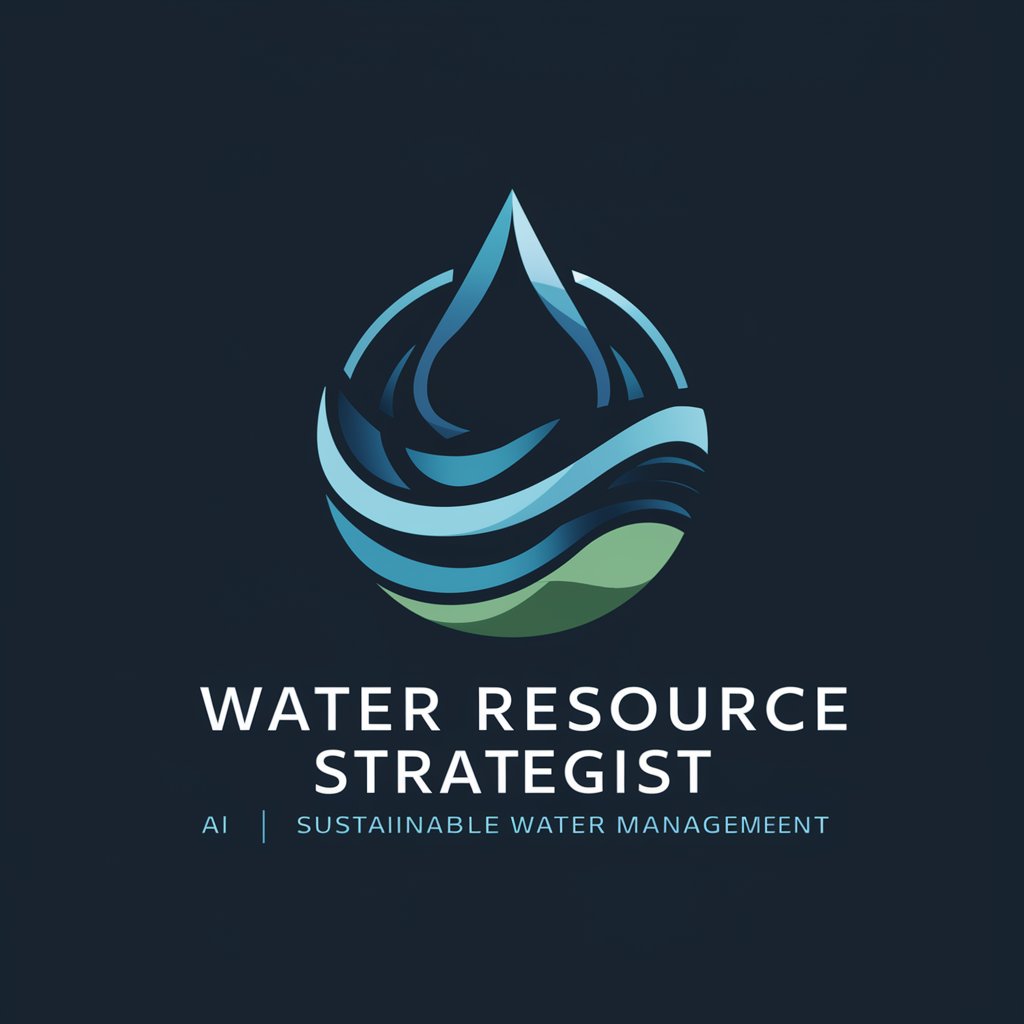
Water Utility AI Assistant - AI-Powered Water Utility Support

Hello! Ready to assist with your water utility management queries.
Empowering water utilities with AI insights.
How can I improve water distribution efficiency?
What are the latest trends in sewerage network management?
Can you suggest cost-saving measures for water utilities?
How do I handle a water supply crisis?
Get Embed Code
Overview of Water Utility AI Assistant
The Water Utility AI Assistant is an advanced tool designed for supporting water utility management. It integrates data analysis, geographic mapping, control center operations, and network management. The AI Assistant is adept at handling satellite data for environmental monitoring, predicting maintenance needs using predictive analytics, and optimizing resource distribution. It aids in decision-making by providing real-time data and scenario analysis, crucial for effective water management. Powered by ChatGPT-4o。

Key Functions of Water Utility AI Assistant
Satellite Data Analysis
Example
Interpreting satellite imagery to assess water body health, detect pollution sources, and monitor drought conditions.
Scenario
A water utility using the AI Assistant to analyze satellite images to identify algal blooms in a reservoir, enabling timely response to prevent water quality degradation.
Geographical Mapping
Example
Mapping water network infrastructure to identify potential risk areas and optimize maintenance schedules.
Scenario
Utility managers using GIS data integration to pinpoint aging pipelines and prioritize replacement, reducing the risk of system failures.
Control Center Operations
Example
Real-time monitoring and managing of water flow, pressure, and quality across the network.
Scenario
Operators receiving alerts about sudden pressure drops, enabling rapid identification and response to leaks or bursts in the network.
Network Management with Loggers
Example
Using loggers to collect data on water use, pressure, and flow to inform network adjustments and maintenance.
Scenario
Employing data loggers to track usage patterns in a district, leading to the implementation of demand-responsive strategies to optimize supply.
Target User Groups for Water Utility AI Assistant
Utility Managers
Professionals responsible for the overall operation of water supply and treatment systems. They benefit from the AI Assistant's capabilities in strategic planning and crisis management.
Environmental Analysts
Specialists focused on the environmental impact of water utilities. They use the AI Assistant for monitoring and reporting on environmental conditions and compliance with regulations.
Field Technicians
Operators who handle the day-to-day maintenance and emergency repairs. The AI Assistant aids them in identifying problem areas and planning efficient maintenance routes.
Water Quality Scientists
Experts in assessing and ensuring water quality. They leverage the AI Assistant for analyzing data trends and predicting potential quality issues.

How to Use Water Utility AI Assistant
1. Access Trial
Visit yeschat.ai for a complimentary trial without the necessity for login or a ChatGPT Plus subscription.
2. Choose Your Focus
Select a specific area within water utility management where you need assistance, such as satellite data analysis, geographical mapping, or network management.
3. Input Data
Provide relevant data or describe the problem you're encountering. The more specific you are, the more accurate the assistance.
4. Analyze and Receive Insights
Let the AI analyze your input and offer insights, predictions, and solutions based on a vast array of data sources and tools.
5. Apply Recommendations
Implement the AI's recommendations within your operations for enhanced efficiency and problem-solving. Regular use improves result accuracy over time.
Try other advanced and practical GPTs
Code without Bullshit
Instant code solutions, powered by AI

Rewrite Without Common AI Words
Craft Authentically Human Content

VisionGPT without Web
Unlock insights with AI-powered image analysis.

Coding Without Bugs
Transforming ideas into code effortlessly.

Family Chef (without Ratatouille)
Simplifying family meals with AI

Writing Without Bullshit
Sharpen Your Words with AI

Utility Cost-Cutter GPT
Optimize utility costs with AI

Utility Asset Strategy and Management
Empowering utility management with AI

QA Utility
Empowering Food Safety with AI

Code Utility
Empower your code with AI-driven optimization.
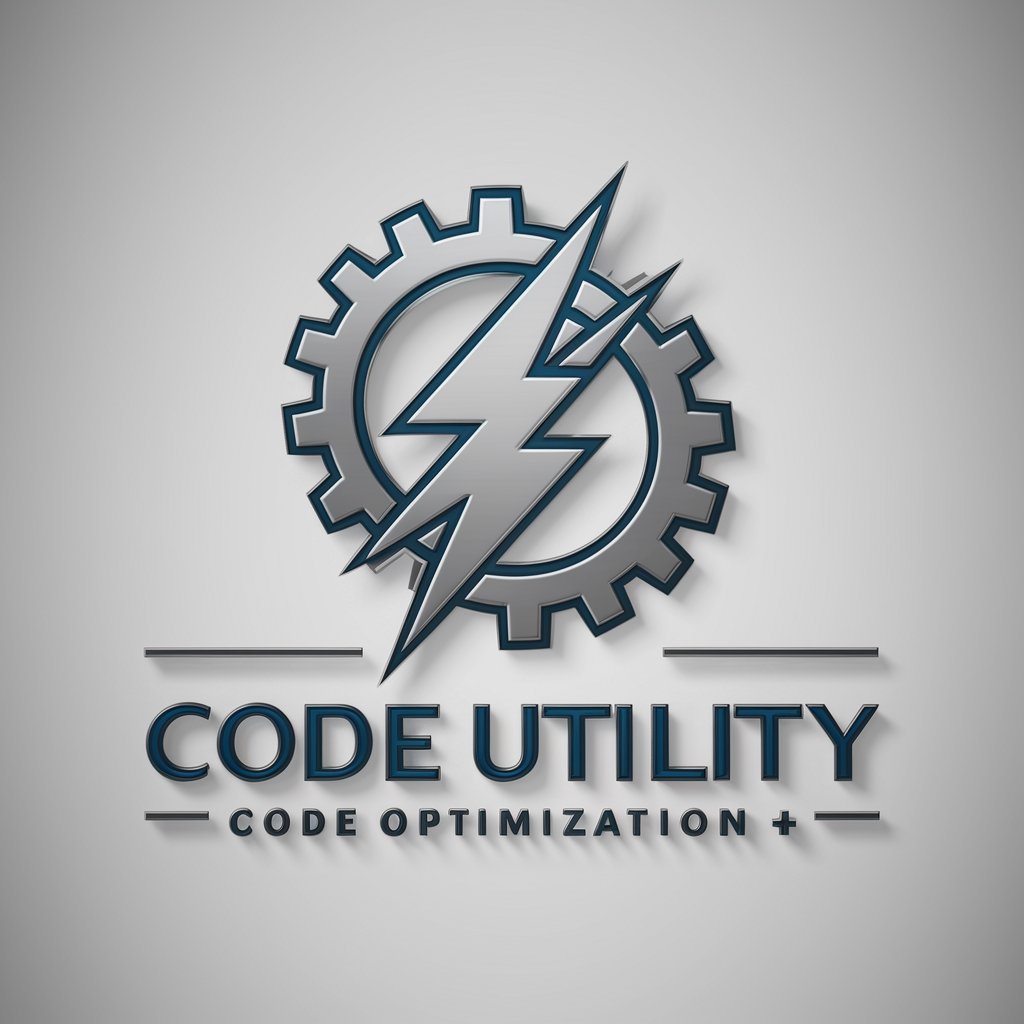
Visual Coder
Transform design to code, AI-powered

Visual Muse
Empowering Creativity with AI

Water Utility AI Assistant Q&A
Can the AI analyze real-time water usage patterns?
Yes, the AI can process real-time data from network loggers to identify usage patterns, detect anomalies, and predict demand fluctuations.
How does the AI assist in disaster response?
By analyzing satellite imagery and geographic data, the AI can predict areas at risk of flooding or contamination, enabling preemptive measures and targeted response planning.
Is the tool capable of optimizing water distribution?
Absolutely. It models water flow through the network, identifies inefficiencies, and recommends adjustments to pressure and flow rates to optimize distribution.
Can it help reduce operational costs?
Definitely. By predicting maintenance needs, optimizing operations, and reducing waste, the AI can significantly lower costs associated with water utility management.
How does it support infrastructure planning?
The AI evaluates usage data, growth forecasts, and geographical information to suggest where and when to expand or upgrade water and sewerage infrastructure.
